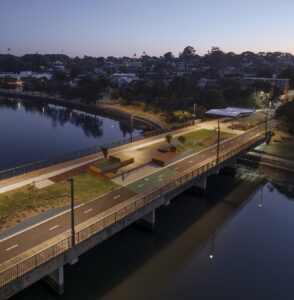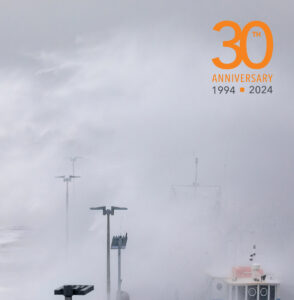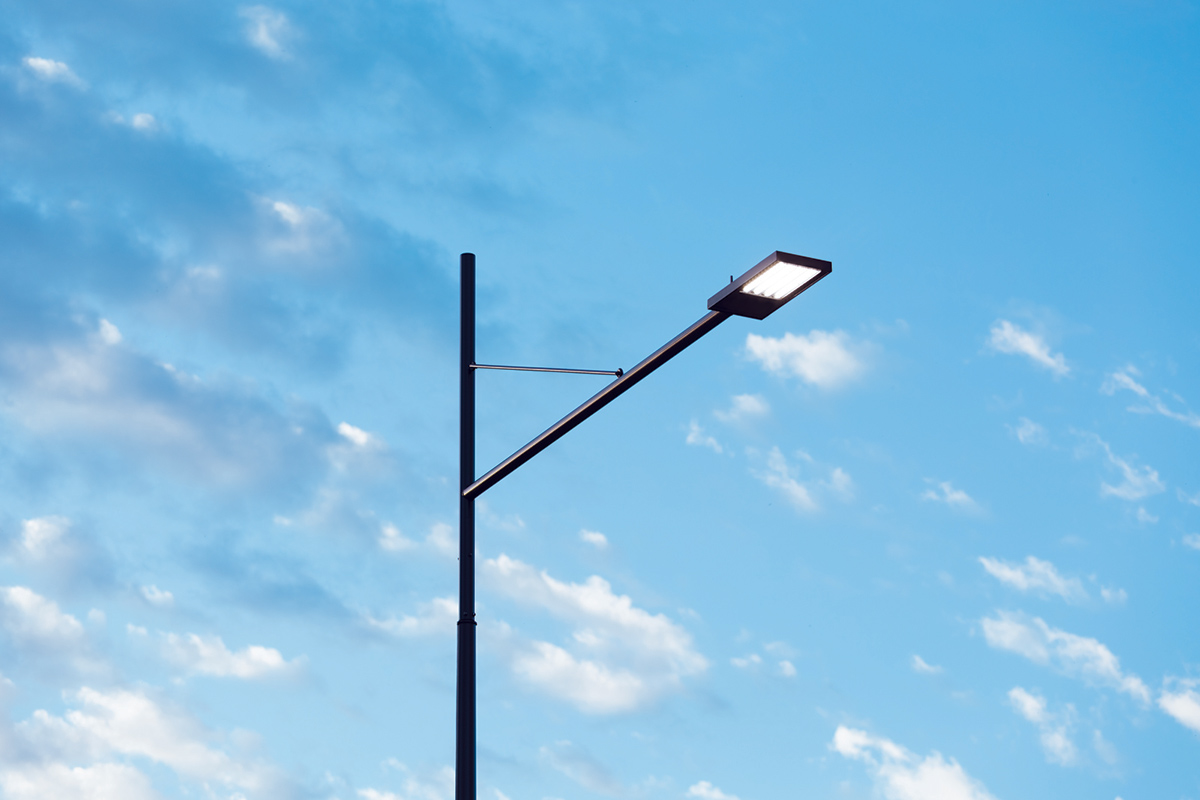
PEDESTRIAN, STREET & AREA LUMINAIRES
Canberra’s Grand Boulevard reimagined
Constitution Avenue, Canberra, ACT
- Completed2016
- ClientAustralian Government
- Landscape ArchitectJane Irwin Landscape Architecture (JILA)
- Lighting DesignLighting Art & Science (LA+S)
- Electrical EngineerLighting Art & Science (LA+S)
- BuilderSMEC
- Sales PartnerIntegral Lighting
- PhotographerJackie Chan
The new look of the ACT’s Constitution Avenue has received wide recognition for its visionary and stately design, which rivals the most memorable of urban boulevards around the world.
This is partly achieved by the strong visual impact of lighting columns and luminaires from WE-EF, combined with the natural elements of a detailed and highly sophisticated design that harks back to that of Walter Burley Griffin and Marion Mahony Griffin.
Constitution Avenue, which forms the municipal axis of the Griffins’ geometric design for the city of Canberra, lies on the northern side of Lake Burley Griffin. It is one of the three sides that make up the boundary of the Parliamentary Triangle. The National Capital Authority has a succession of plans for the Parliamentary Triangle covering 50 years. The upgrade of Constitution Avenue formed part of these plans and received A$42 million in Commonwealth funding.
The new design by Jane Irwin Landscape Architecture (JILA) has overhauled the way Canberra is traversed – improving the pedestrian journey, the driving experience, the potential to include high-capacity transit modes as well as greatly improving the civic character and functioning of central Canberra.The team at JILA recommended that the lighting component of the project be undertaken by the Sydney-based lighting and lighting design practice Lighting Art & Science (LA+S).
According to Jim Gaal from LA+S, “we received a Lighting Issues Paper that had been prepared by AECOM as a guide to the required lighting upgrade.“Basically, the street lighting was required to be individual in its look without being overbearing,” he explained, adding that the lighting of ANZAC Parade was to remain visually dominant in relation to Constitution Avenue.
The most obvious requirement of the lighting scheme was compliance with exterior lighting standards, as well as energy efficiency, and the ability to control and dim the luminaires using remote monitoring wherever possible.“The main element was roadway lighting that had to comply with the V3 Category. The second element was a dedicated cycleway and the third element was the pedestrian pathway, both of which were lit to Category P2,” Mr. Gaal explained.
One of the primary challenges of the project, back in 2012, was finding a family of suitable luminaires as LED street lighting was in its early stages in Australia. Mr. Gaal said this “involved illuminating the three elements – the roadway, the cycleway and the pathway – in among the oak trees with a light fitting that produced quality white light, was remotely controlled and was aesthetically acceptable”.
A major feature of Constitution Avenue was the planting of oak trees, forming a significant boulevard. As part of the upgrade, a number of sick and dying trees were removed and replaced along with some 200 new trees in order to enhance the streetscape. “This required a bespoke pole that would look balanced with a high-output streetlight on a three-metre outreach arm on one side, and a lower output light on the opposite side on a two-metre outreach arm illuminating the cycleway,” he said, adding that “supplementary smaller poles were designed to illuminate the cycleways and pedestrian pathways among the oak trees.”
A trial area was set up for the new pole and luminaire arrangement that was scrutinised by a number of stakeholders in the project. The final outcome was a contemporary pole with a custom paint finish and a luminaire to suit. The luminaires, provided by Integral Lighting, the WE-EF sales partner in ACT, comprised 144W VFL540-SE and 48W VFL530-SE street and area luminaires. Since its release in 2011, the VFL500 LED luminaire has been specified in hundreds of projects across Australia and New Zealand. With three housing sizes, post top and side-entry mounting options, six standard optical choices, endless hybrid optic possibilities, multiple wattages and lumen packages, the VFL500 LED series is highly versatile.
Nevertheless, a number of elements combined to challenge light fitting locations. They included the existing oak tree locations, the proposed new tree locations and the landscape architect’s pathway layouts. Mr. Gaal explained that a number of suppliers had availability of ‘standard’ product ranges. “However, as more requirements were put upon suppliers for higher or lower wattages of LED fittings within a family of fittings, it became apparent that WE-EF was the only manufacturer that could supply the range required.
“The measure of success for this project was, after a few ‘teething problems’ that were quickly sorted out – i.e., everything was installed and commissioned with minimal requests for information, and no complaints from the contractors installing the poles and luminaires,” he said.“The acclaims that the project has received are extensive, including winning major awards for civil and landscape design. The lighting remains an understated element for visual activities at night while providing a safe and inviting environment,” he concluded.
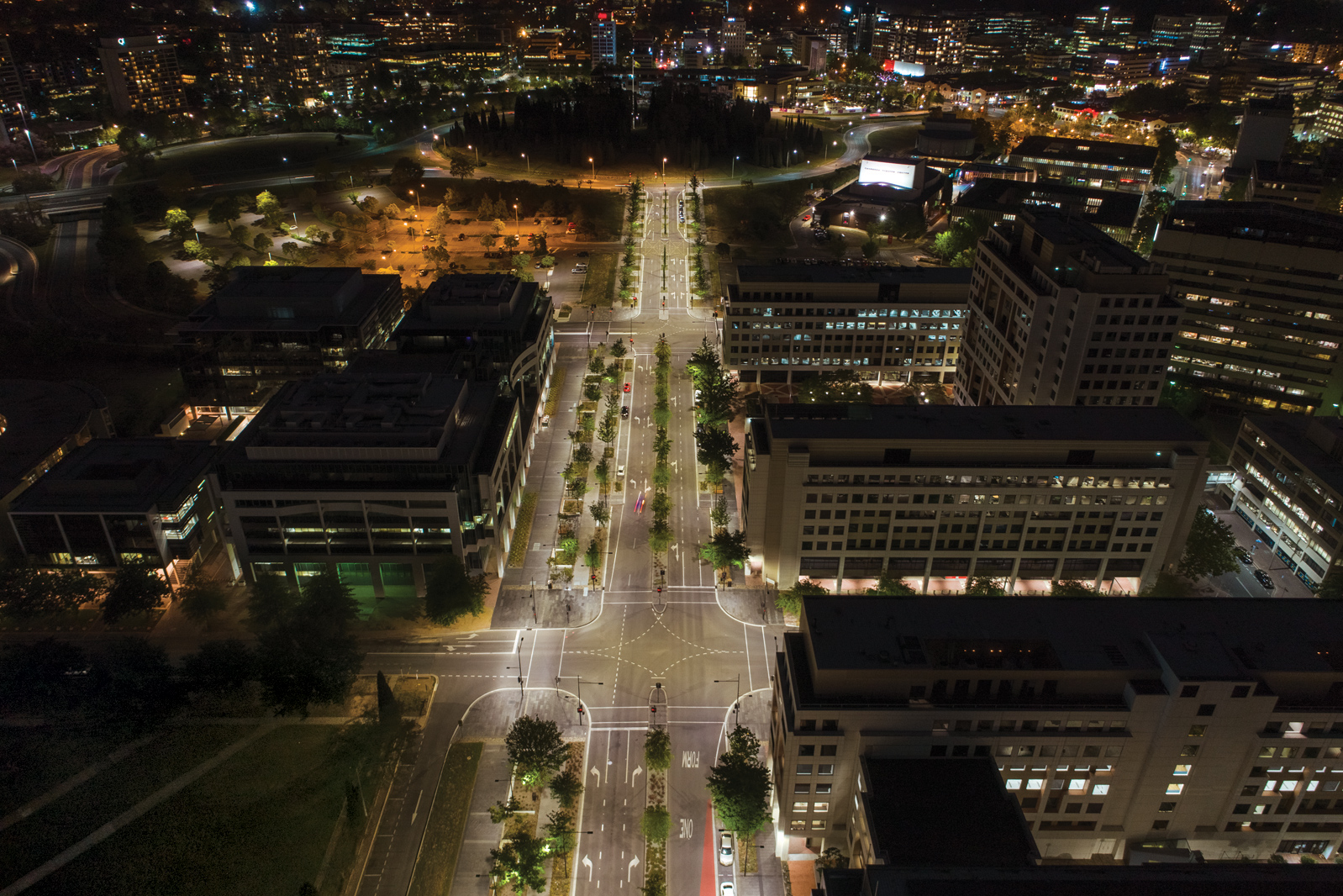
Constitution Avenue, which forms the municipal axis of the Griffins’ geometric design for the city of Canberra, lies on the northern side of Lake Burley Griffin. It is one of the three sides that make up the boundary of the ParliamentaryTriangle.
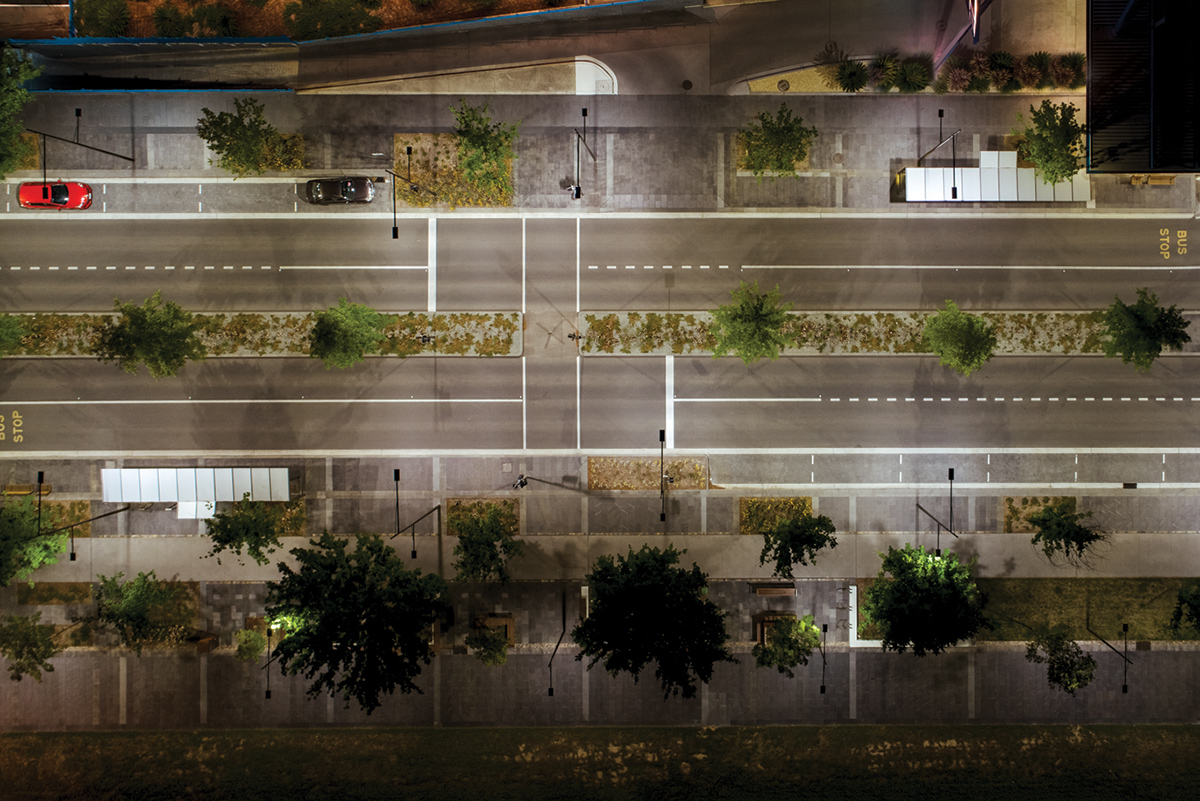
The products, provided by Integral Lighting, the WE-EF sales partner in ACT, comprised 144W VFL540-SE and 48W VFL530 SE street and area luminaires.

With three housing sizes, post top and side-entry mounting options, six standard optical choices, endless hybrid optic possibilities, multiple wattages and lumen packages, the VFL500 LED series is highly versatile.
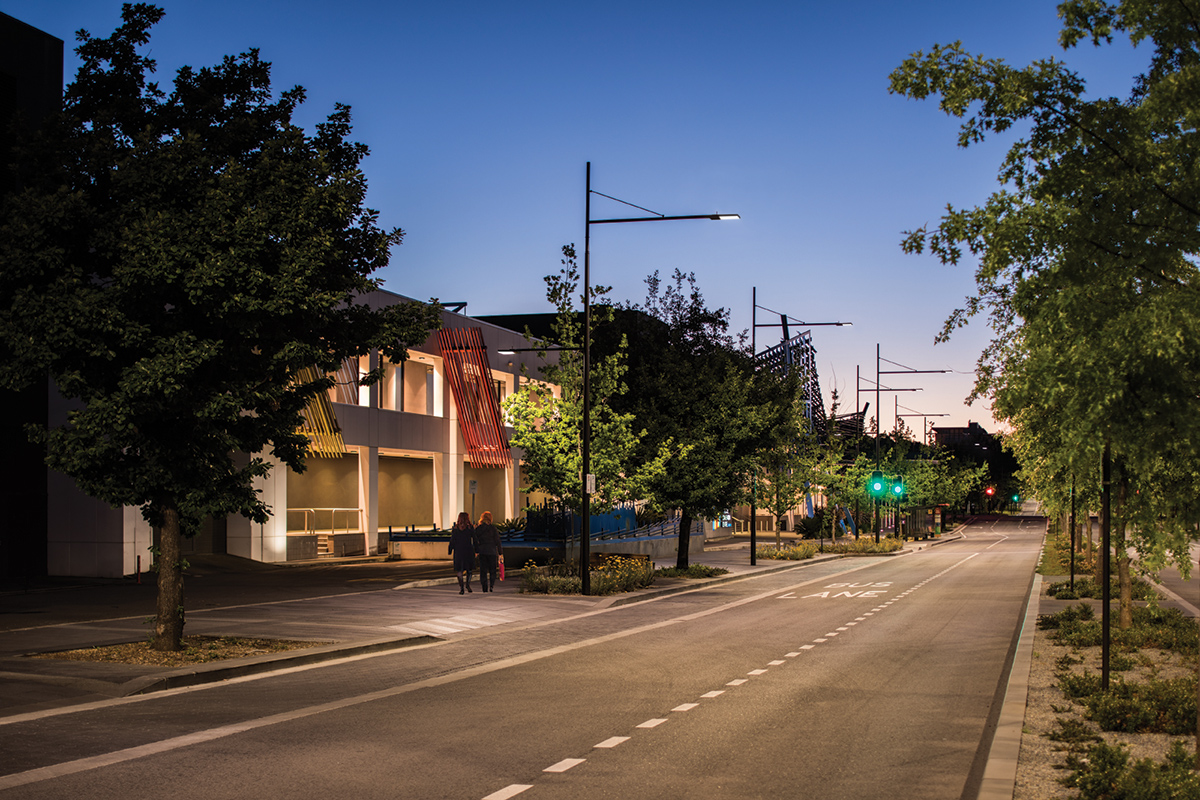
The project required a bespoke pole that would look balanced with a high-output streetlight on a three-metre outreach arm on one side, and a lower output light on the opposite side on a two-metre outreach arm illuminating the cycleway.
